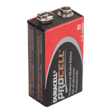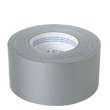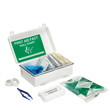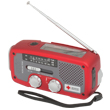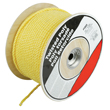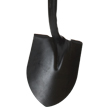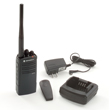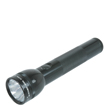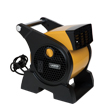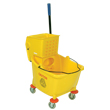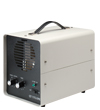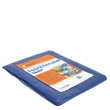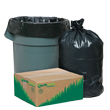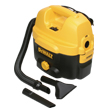Floods
Next to fire, floods are the most common disasters. Flooding on your property can happen anytime and for various reasons–excessive rain or snow, swollen rivers, or even a plumbing failure. Just one inch of water can cause major damage to your facility.
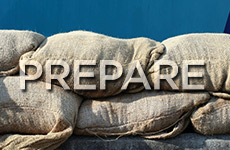
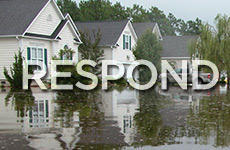
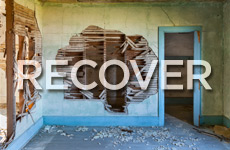
Prepare
Preparing now can minimize property damage and danger caused by flood. First, be sure you have an emergency plan in place that has been communicated to everyone on staff. Stock up on emergency supplies, like sandbags, shovels, sump pumps, and more. Have easy access to a water pump, emergency apparel, such as rain suits, and dehumidifiers.
- Have an evacuation plan
- Have an emergency kit with battery-operated radio, flashlight, food, and water
- Raise up electrical components
- Clear debris from gutters and downspouts
- Check valves in sewer traps to prevent backup
- Seal walls with waterproofing compounds
Respond
If flooding is likely, stay informed by listening to the radio and news reports. Be ready to act on your evacuation plan, and remember these tips:
- Do not touch electrical equipment if wet or standing in water
- Do not try to walk or drive through flooded areas
- Avoid contact with flood water – it could be contaminated
- Stay out of buildings surrounded by floodwaters
- Service damaged sewage systems ASAP – they pose a serious health risk
Recover
Once floodwaters have cleared, it's time to recover and rebuild. Acting quickly can help reduce the growth of bacteria, mold, rust, and may salvage some items. Use fans and dehumidifiers to dry out rooms. Remember to wear protective clothing and gloves and disinfect everything with proper disinfectant cleaners–floodwater can contain sewage and chemicals.

